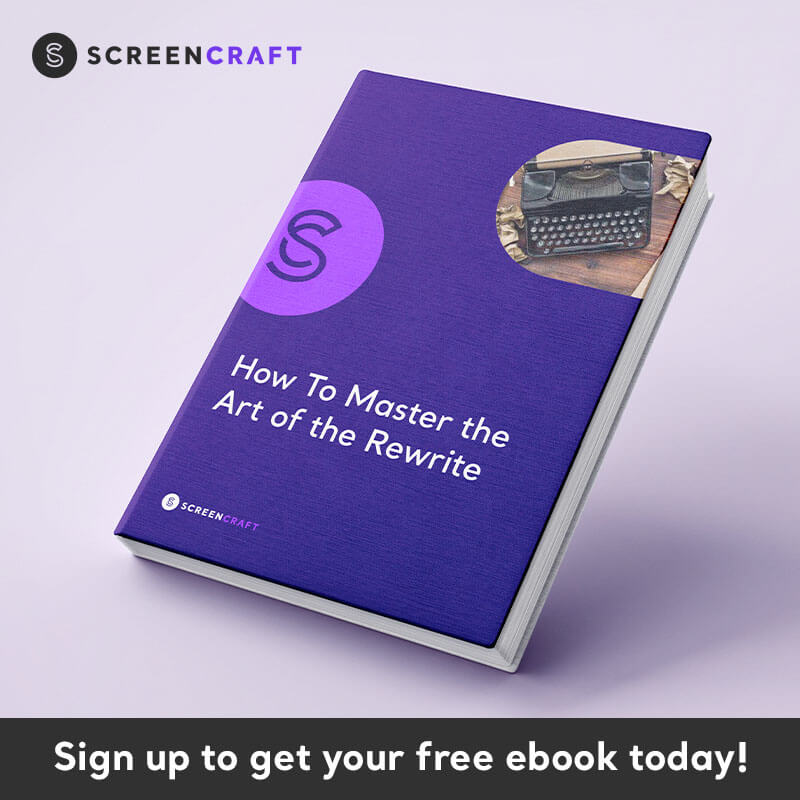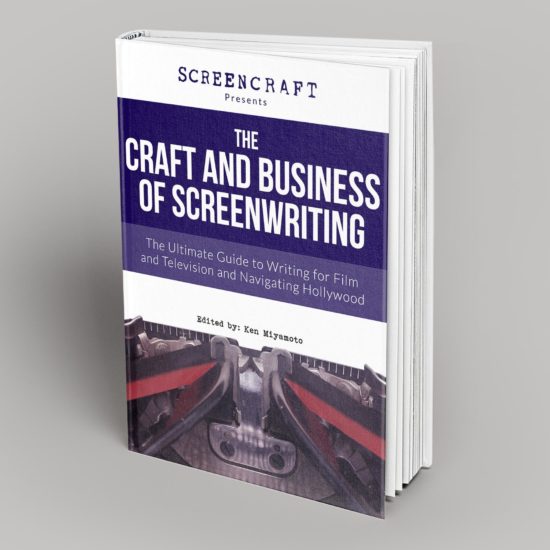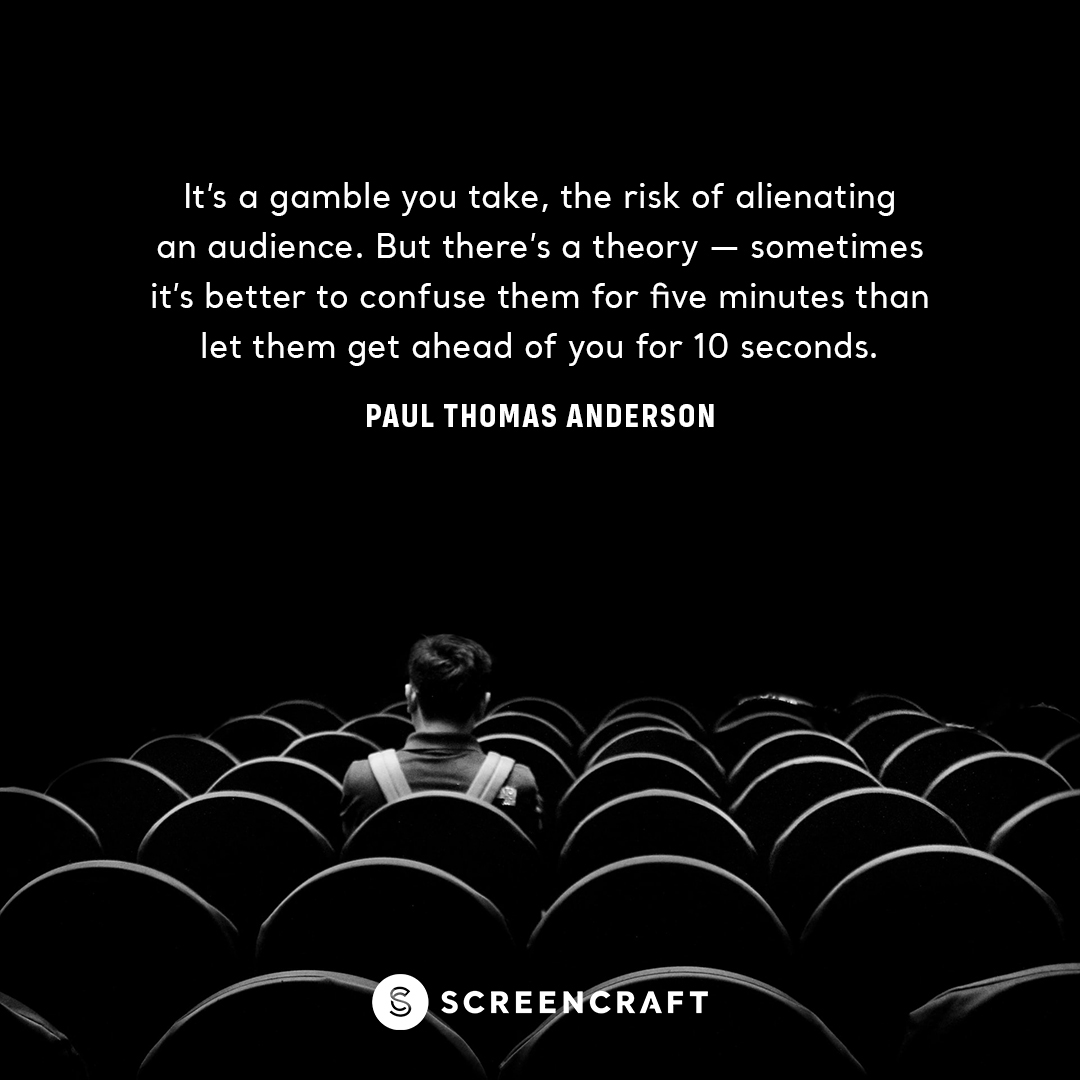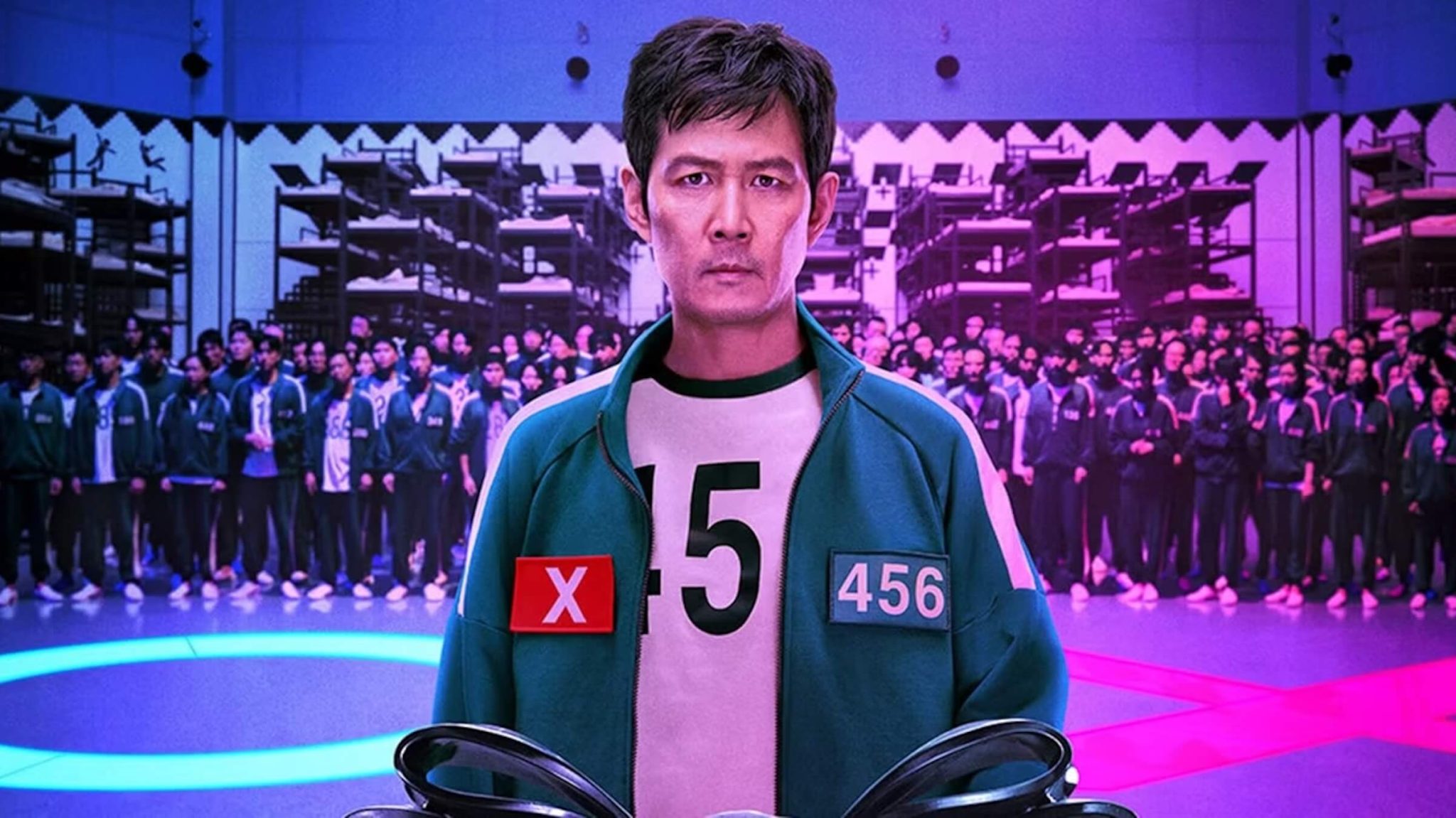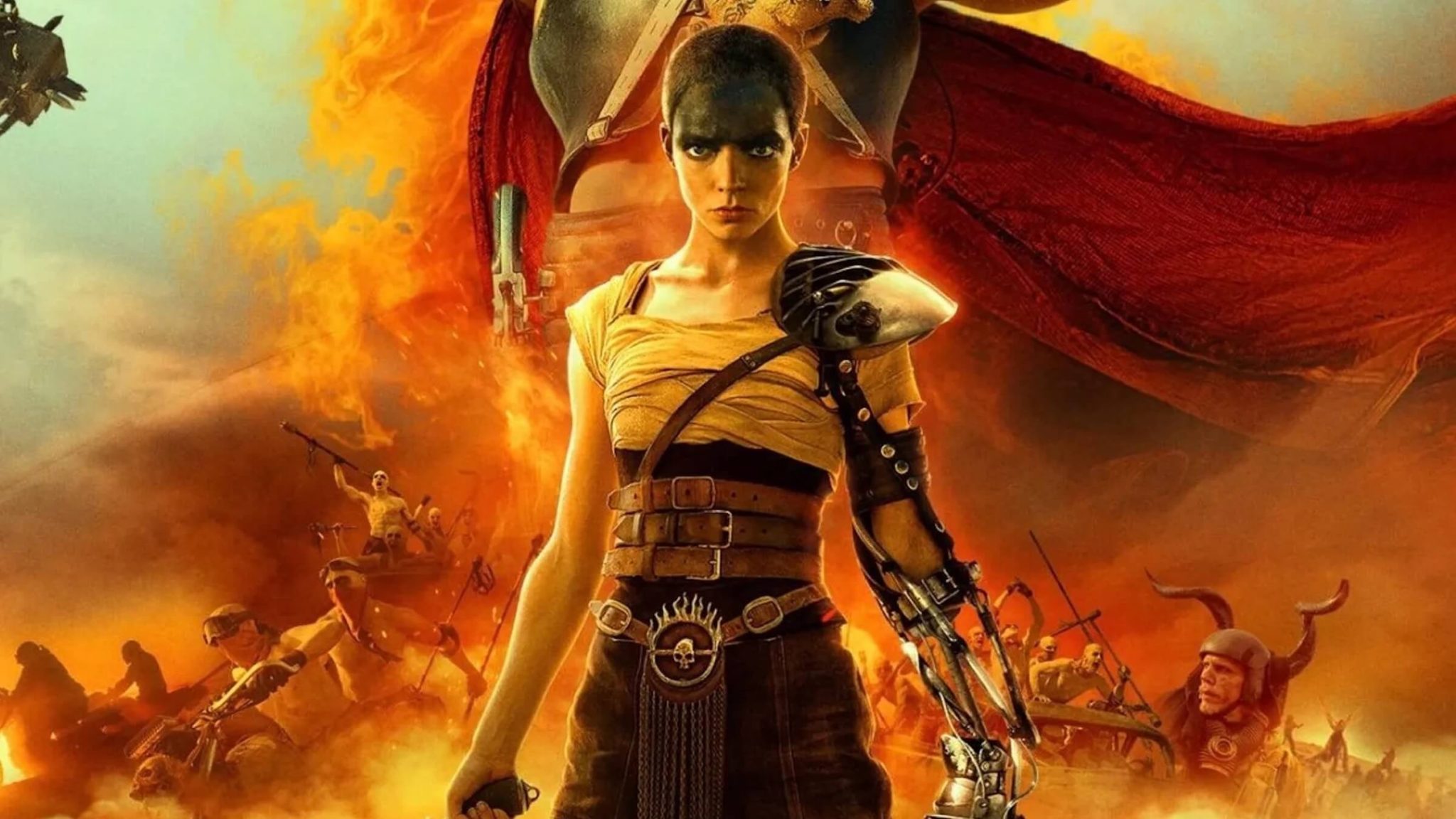3 Ways to Create a Stellar Antagonist, Villain, or Nemesis

What steps can screenwriters take to create the ultimate antagonist, villain, and nemesis — and what are the differences between the three?
It's one thing to create a compelling protagonist and a whole different beast to conjure a worthy adversary for that hero to go up against. Lesser scripts present a flashy individual that merely impedes upon the protagonist's journey towards whatever thing they are striving for — be it a treasure, a piece of information, revenge, survival, redemption, or any other number of needs or wants.
But that's not enough.
The best antagonists, villains, and nemeses are those with additional qualities, backstories, character arcs, and connections to the protagonist.
"But wait, what's the difference between a nemesis, antagonist, and villain?"
It's an important question to answer because there are true differences between the three.
Antagonists are defined as characters that work in opposition to the protagonist (the hero).
Villains are defined as “evil” characters intent on harming others.
A Nemesis is defined as a long-standing rival; an archenemy.
Samuel Gerard (Tommy Lee Jones) from The Fugitive is the antagonist by definition — he is in opposition to Richard Kimble’s (Harrison Ford) escape — but he is not the villain because there are no evil intentions.
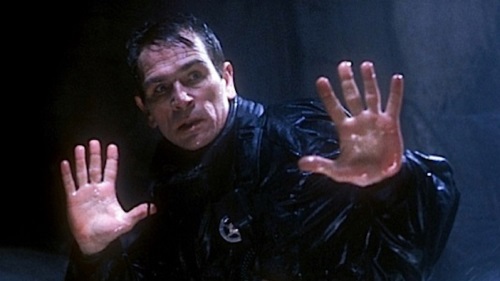
Hans Gruber (Alan Rickman) from Die Hard is the villain by definition — an evil character intent on harming others for his own benefit — but he is not a nemesis to John McClane (Bruce Willis) because there is no personal and long-standing connection.

Darth Vader (James Earl Jones, David Prowse) from the original Star Wars trilogy is Luke Skywalker's nemesis by definition — a long-standing rival and archenemy — through the whole course of the original trilogy. In the first film and second film, he is a rival and archenemy because Luke was told that Darth Vader killed his father. When Luke learns that Vader is his father, that connection obviously evolves.

Antagonists don't have to be evil. They just have to be in the way of the protagonist's goal.
Villains are always evil — or at least have evil intentions (harming or killing innocence).
A Nemesis doesn't have to be evil, but they often are for concept-sake. While Darth Vader or Lord Voldemort are undoubtedly great evil nemeses, Principal Rooney in Ferris Bueller's Day Off is not evil, but he's an excellent long-standing adversary to Ferris, which makes him a worthy nemesis.
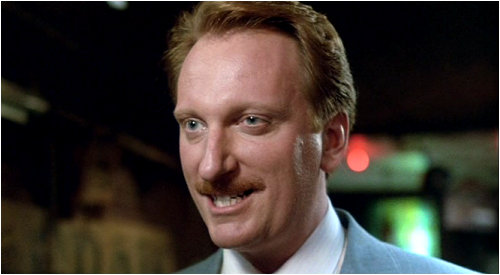
The best antagonists, villains, and nemeses do not live in a black and white world in the realm of cinematic and literary storytelling.
There's no one answer to how you can create a stellar antagonist, villain, or nemesis, but here we've collected three intriguing approaches you can take to develop the best of the best.
1. Using the Protagonist's Shadow
Go Into the Story blogger Scott Myers offers a fascinating approach in creating not only an excellent nemesis but also as a way to create amazing antagonists and villains as well, in his blog post The Nemesis as the Protagonist’s Shadow.
Myers states:
The shadow is all aspects of an individual’s psyche that exist outside the light of consciousness. While there can be positive energy associated with it, more often than not the shadow expresses itself as a negative dynamic, deriving from the least desirable facets of a person’s psyche.
He later quotes "On the Psychology of the Unconscious" (1912):
It is a frightening thought that man also has a shadow side to him, consisting not just of little weaknesses and foibles, but of a positively demonic dynamism. The individual seldom knows anything of this; to him, as an individual, it is incredible that he should ever in any circumstances go beyond himself. But let these harmless creatures form a mass, and there emerges a raging monster; and each individual is only one tiny cell in the monster’s body so that for better or worse he must accompany it on its bloody rampages and even assist it to the utmost. — “On the Psychology of the Unconscious” (1912).
When you read that excerpt ("... there emerges a raging monster"), it's relatively easy to envision the creation of an excellent evil nemesis. This can be applied to the creation of a villain as well since they have evil intentions.
It's clear that Darth Vader was a shadow of both Obi-Wan Kenobi and Luke Skywalker — an almost literal dark versus light comparison. Anakin Skywalker chose the dark side of the Force — which turned him into Darth Vader — while Obi-Wan and Luke chose the light. Vader represents what Obi-Wan and Luke could become if their shadow dominated their storyline.
In short, take a look at your protagonist and see what possible shadow side of them exists — that Jekyll and Hyde dynamic. You may just find your villain or nemesis lurking in that shadow.
2. Mirror Images and Doppelgangers
Similar to the shadow approach, finding your protagonist's mirror image — or doppelganger — is an easy way to conjure an intriguing antagonist, villain, or nemesis.
In Batman Begins, Bruce Wayne goes up against Ra's Al Ghul, who can be perceived as a dark reflection of Wayne's Batman. They have the same skills and training but follow a much different path on how to eradicate crime.

In Superman II (and later, Man of Steel), General Zod is a mirror image of Superman. He has the same powers and comes from the same planet, but his viewpoint is the opposite mirror reflection of Superman's. He thinks of humans as ants that can and should be exterminated. Superman serves humanity. He protects them and cherishes them. It's his greatest weakness and strength.

The Marvel Cinematic Universe — despite some criticism from fans — has embraced the doppelganger approach in creating the villains and nemeses that go up against their superheroes, but for a good reason.
Marvel President Kevin Feige told Screenrant, "You want to have characters that inhabit the same world when introducing a new world, a new mythology for lack of a better term. You want to explore that as much as you can."
He really hits home with this approach and how it can benefit screenwriters and their screenplays when he brings up the notion of the MCU film Doctor Strange and its villain Kaecilius. "Kaecilius doesn’t know Strange from a hole in the wall. He predates him. But when you’re teaching an audience about sorcerers and that reality and you’re going to talk about the past anyway and you’re going to get into their history anyway, much better to tie-in your bad guy with that instead of laying all this groundwork of parallel dimensions and sorcery and say, by the way, a meteor hit on the other side of the world, it went under the water, and this evil thing developed. What does that have to do with magic?"

This approach offers an exciting way to tie your antagonist, villain, or nemesis story arc into the larger narrative without having to tell both a protagonist set-up and a full antagonist, villain, or nemesis set-up — which would add many pages to your script.
When you focus on mirror images or doppelgangers, that helps the storytelling aspect of your writing too — not just the characterization. You can explore the dynamics of right versus wrong, dark versus light, and choice versus choice.
If you compare Hans Gruber versus John McClane, you'll see some mirror image qualities to those characters. McClane is reckless and flies by the seat of his pants. Gruber is methodical and overly prepared — which leads to his downfall because he did not include a rogue character like McClane in his plans.
Put your protagonist up to a mirror and find those doppelganger traits that present themselves.
3. Utilize Accomplices to Enhance the Arc of Your Antagonist, Villain, and Nemesis
To showcase your antagonist, villain, and nemesis, even more, consider adding accomplices and peers that can further portray their power, influence, and tyranny.
In Ferris Bueller's Day Off, we learn a lot about Principal Rooney through his interactions with school secretary Grace.
In Die Hard, we learn a lot about how Hans Gruber manages his henchmen.
In The Lord of the Rings, we see Sauron's true reach across the lands of Middle Earth as he uses various dark wizards, orcs, and man to spread his darkness.
This gives you multiple opportunities to show different facets of your antagonists, villains, and nemeses. How do they use these accomplices? How do they interact with them?
Perhaps your villain showcases some true loyalty to their henchmen, which will, in turn, add some more depth to that villain.
These accomplices, peers, or henchmen (depending upon the genre), are extensions of your antagonists, villains, and nemeses — giving them more of a reach through the whole story while also offering some variety of opposition throughout your story.
These are just three ways that you find your ultimate antagonist, villain, or nemesis. You can create a hybrid approach to these three and make them even better as well.
The key thing to remember is that you need to put the effort in. It's not enough to just have someone in the way of your protagonist's goal. You need to pay as much attention to your antagonist, villain, or nemesis as you do to your protagonist.
Read ScreenCraft's 15 Types of Villains Screenwriters Need to Know!
Ken Miyamoto has worked in the film industry for nearly two decades, most notably as a studio liaison for Sony Studios and then as a script reader and story analyst for Sony Pictures.
He has many studio meetings under his belt as a produced screenwriter, meeting with the likes of Sony, Dreamworks, Universal, Disney, Warner Brothers, as well as many production and management companies. He has had a previous development deal with Lionsgate, as well as multiple writing assignments, including the produced miniseries Blackout, starring Anne Heche, Sean Patrick Flanery, Billy Zane, James Brolin, Haylie Duff, Brian Bloom, Eric La Salle, and Bruce Boxleitner. Follow Ken on Twitter @KenMovies
For all the latest ScreenCraft news and updates, follow us on Twitter, Facebook, and Instagram.
Tags
Get Our Screenwriting Newsletter!
Get weekly writing inspiration delivered to your inbox - including industry news, popular articles, and more!

